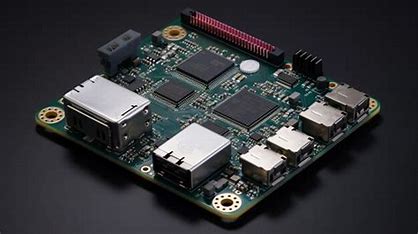ROBOTIC ARM
Version 1
Introducing our latest endeavor: a cutting-edge robotic arm boasting six Degrees of Freedom (6-DOF). With its six articulating joints, our robotic arm can mimic human-like movements, making it a formidable tool for tasks ranging from intricate assembly to real-time interaction. In this extensive update, we will delve deeper into the intricate technical details of our remarkable progress, showcasing the engineering innovations that drive this extraordinary project forward. Our team's relentless dedication and groundbreaking work have propelled us to significant milestones, pushing the boundaries of what this robotic arm can achieve in various industries.
-removebg-preview (1).jpg)

Mechanical
The mechanical division has been working on CAD modeling to manufacture and simulate the robotic arm's physical structure.This allows us to visualize the design of the arm before the manufacturing it and allows us to single out design flaws and improvements that can be done to make the arm more versatile and sturdy.Along with the CAD moddeling we are also performing ANSYS simulations study the stress and strain characteristics of the individual joints and connecting components
The Mechanical Division is focused on CAD modeling and ANSYS simulations to design and improve the robotic arm's structure, identifying design flaws and optimizing its joints for durability and versatility.
Electrical
The Electrical and Controls Division's focus is on the technical and electrical intricacies of our robotic arm project. We employ the Raspberry Pi Pico and high-performance servo drivers for precision control, fine-tuning servo behavior, and experimenting with PWM signals.Real-time communication protocols like I2C and PWM are mastered for seamless data exchange. Kinematic modeling, involving inverse and forward kinematics equations, calculates joint angles and end-effector positions with precision.
The Electrical and Controls Division is focused on using the Raspberry Pi Pico and servo drivers for precise control, mastering I2C and PWM protocols, and applying kinematic modeling for accurate joint and end-effector positioning.


Software
In the software division, our paramount objective is to empower the robotic arm with autonomous capabilities through advanced computer vision.We are diligently developing and implementing a spectrum of technical solutions, including machine learning algorithms for object recognition, depth sensing using LiDAR and stereo vision, simultaneous localization and mapping (SLAM) for environment awareness, and intricate path planning with collision avoidance.
The Software Division is focused on enabling autonomous capabilities for the robotic arm using computer vision, including object recognition, depth sensing with LiDAR, SLAM for environment awareness, and path planning with collision avoidance.